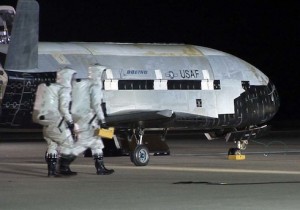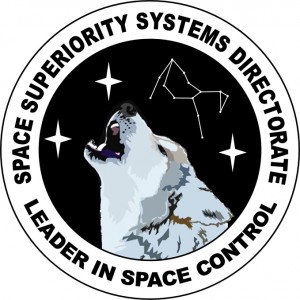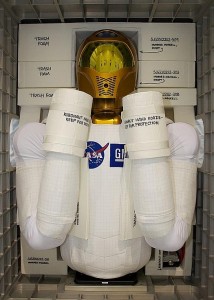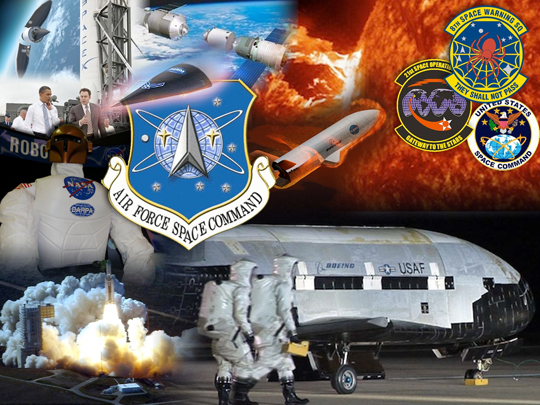On December 11 United Launch Alliance is scheduled to launch its X-37B
 On March 5, 2011, the 45th Space Wing launched one of its twin 29-foot long robotic spacecraft known as the “Flying Twinkie” (OTV-2) or X-37B. Boeing Co.’s Space and Intelligence Systems unit built the pilotless space plane in tight secrecy. It is one-fifth the size of the space shuttle and can draw on the sun for electricity using unfolding solar panels. Designed to stay in orbit for 270 days, the twin X-37B vehicles are part of a military program testing robotically controlled reusable spacecraft technologies. Though the Air Force has emphasized the goal is to test the space plane itself, there was a classified payload on board, a detail that has led to much speculation about the mission’s ultimate purpose.
On March 5, 2011, the 45th Space Wing launched one of its twin 29-foot long robotic spacecraft known as the “Flying Twinkie” (OTV-2) or X-37B. Boeing Co.’s Space and Intelligence Systems unit built the pilotless space plane in tight secrecy. It is one-fifth the size of the space shuttle and can draw on the sun for electricity using unfolding solar panels. Designed to stay in orbit for 270 days, the twin X-37B vehicles are part of a military program testing robotically controlled reusable spacecraft technologies. Though the Air Force has emphasized the goal is to test the space plane itself, there was a classified payload on board, a detail that has led to much speculation about the mission’s ultimate purpose.
On December 11 United Launch Alliance is scheduled to launch its X-37B for the Air Force from Cape Canaveral and many questions remain as to its purpose.
Watching the first launch of the pilotless spacecraft along with the Pentagon were wary Russian and Chinese military officials who have raised questions about U.S. intentions. “It’s a mystery, because the Air Force is being so closed-mouthed about the program,” said Brian Weeden, a former Air Force officer and expert in space security. “It leads people to say, ‘What exactly are they hiding?’”

“The establishment of Space Command is a crucial milestone in the evolution of military space operations. Space is a place–like land, sea, and air–a theater of operations. And it was just a matter of time until space was treated as such.”
~ General James V. Hartinger, 1 September 1982
“Science fiction is an existential metaphor that allows us to tell stories about the human condition. Isaac Asimov once said, ‘individual science fiction stories may seem as trivial as ever to the blinded critics and philosophers of today but, the core of science fiction; its essence has become crucial to our salvation, if we are to be saved at all.’” Stargate SG1 – “200”
Until it becomes true. With a telepresence robot, Robonaut 2, and adult stem cells seeking human immortality aboard the International Space Station and a robotic space plane, we seem to have stepped into an episode of Battlestar Galactica.
“This has all happened before, and it will all happen again.”
In Battlestar Galactica, the original Earth was revealed to have been a different planet, one which had become an uninhabitable wasteland by a nuclear war waged by its Cylon creations thousands of years before. The Cylons of the 1978/1980 series are not the mechanical foils seen throughout the series, but an advanced reptilian race who created the robots (who were referred to as Cylons within the show) to serve them, maintain their vast empire and to man their military forces in the face of a sudden population drop that eventually led to the Cylons’ extinction. In the new version, Cylons are cybernetic workers, soldiers and space planes created by humans. As in the original series, the Cylons destroy almost the entire human civilization, chasing a few ship-borne survivors into deep space.
A telepresence robot, Robonaut 2 (R2), was installed on the International Space Station on the 39th and final launch of space shuttle Discovery. Telepresence refers to a set of technologies that allow a person to feel as if they are present via telerobotics, at a place other than their true location and, should I call it he? is designed to work autonomously.
Read More...




